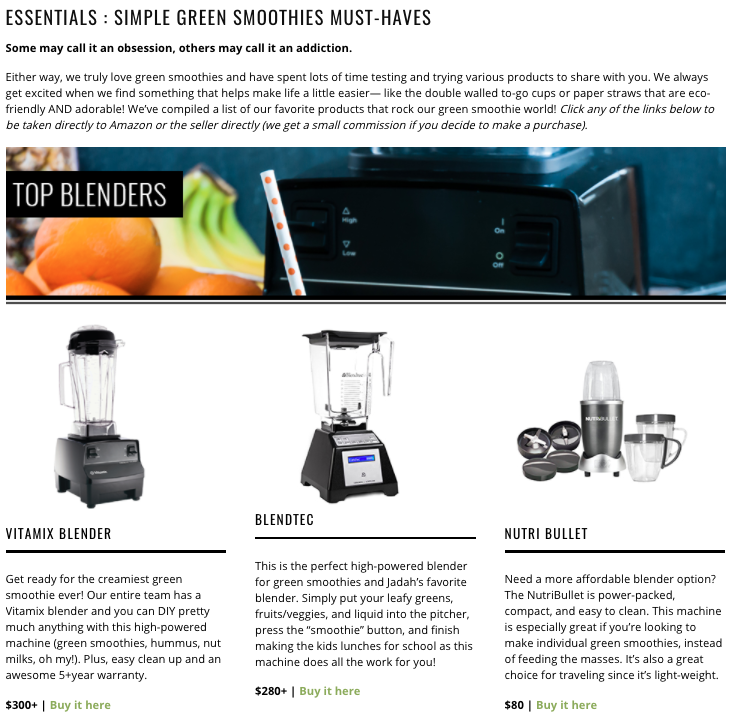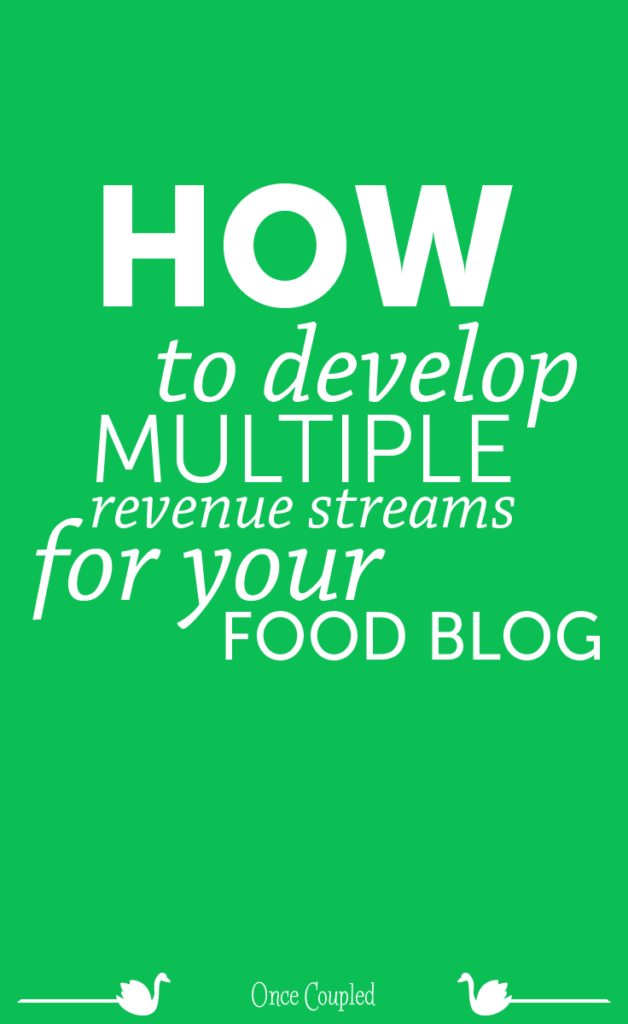Like your favorite winter stew, a profitable food blog relies on a number of ingredients in smaller and larger quantities to be a hit. Depending too much on one single ingredient to provide all the nutrition and flavor you need can result in just scraping by. However, by diversifying your blog’s revenue streams, it’s possible to be completely nourished by one blog.
Google AdSense and other ad networks
Nearly 2 million websites use Google Adsense for monetization. Why? Because it’s easy and it’s free. While it’s possible for food bloggers to boost their income through AdSense, the amount of money you make depends on the amount of traffic you get to your blog. According to a January 2016 article from the marketers at Minterest, “you need 100,000 visitors a day to make $100,000 a year from Google AdSense alone.” (Read the whole article for some interesting Adsense math.) If your site is still in the early stages with less traffic, your returns will be much more meager.
In addition to Google AdSense, there are plenty of other ad networks that also make monetization through advertising simpler. We’ve written in more detail about these networks here.
Direct Advertising
Direct advertising requires a little more effort than using an ad network, but it allows you to set your own rates and appeal directly to your favorite vendors. In other words, more work equals more control. Plus, direct advertising is an opportunity to help other entrepreneurs grow their businesses. Pitch to that go-to local vineyard that should be getting a lot more attention or that artisanal herbalist whose soup sachet is to die for. Offer a reasonable rate based on your traffic, and you’ll not only send more income their way, but you’ll find that the same works in reverse.
Products
Speaking of herbalists, if you’ve developed an interesting spice blend like our friend at Naturally Loriel, your blog can quickly become much more than a blog. Loriel used her health-conscious food blog to launch her online storefront The Real Pantry, which sells handcrafted spices. Similarly, Scratch Mommy’s founder Jessica Healey increased her revenue through Pronounce Skincare, a natural skincare line she developed.
Other products to consider are cookbooks and printables that can be created and sold on your site without much overhead at all. Products are a particularly effective revenue stream for food bloggers with a specialized niche that lends itself to unique needs. However, if you want to enjoy the benefits of product sales without the work, there’s another revenue stream to consider.
Affiliate Programs
Large online marketplaces like Amazon and Etsy make it possible for food bloggers to profit from the sales of products that they didn’t have to develop or manufacture. The Simple Green Smoothies website provides an awesome example of putting Amazon’s Affiliate Program to work. The bloggers at the site have an Essentials page, in which they provide links to their recommended blenders on Amazon. This makes it easier for their readers to make an informed purchase while also providing the site with passive income.

The key to increasing your blog’s profitability is diversity. The more unique revenue streams that you can incorporate into your overall strategy, the greater your financial security as a blogger. If advertising revenue is off one month, the loss can be balanced out by more affiliate product sales. Each new, effective revenue stream further secures your independence as a food blogger, so think big and think outside the box to keep the profits flooding in.
What unique revenue streams have you considered trying?




Leave a Reply